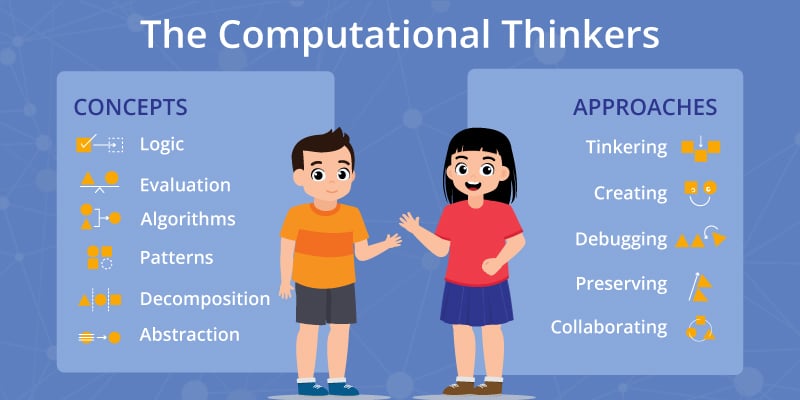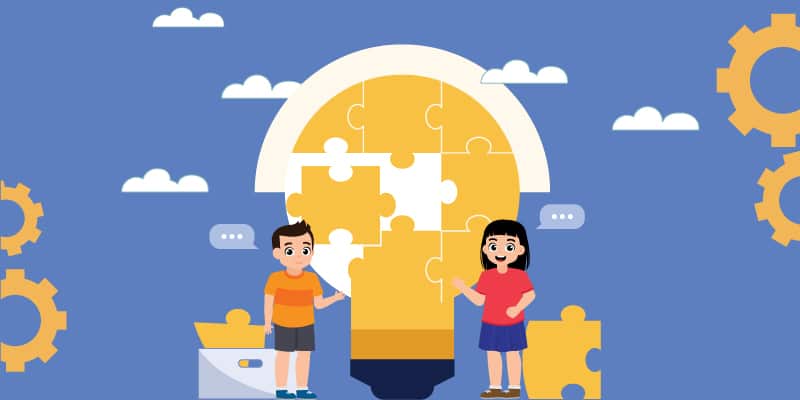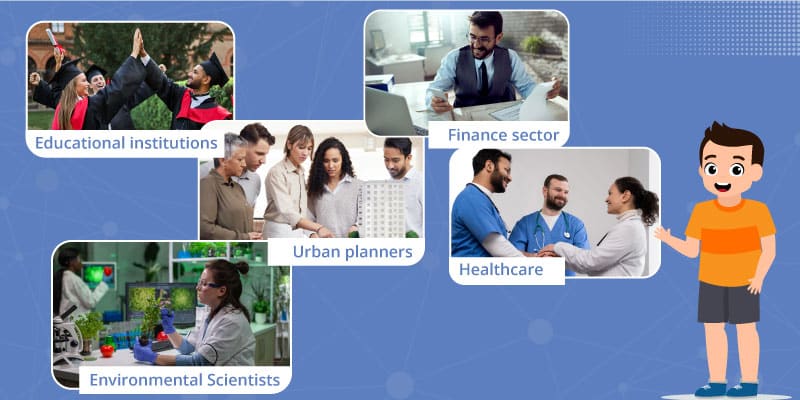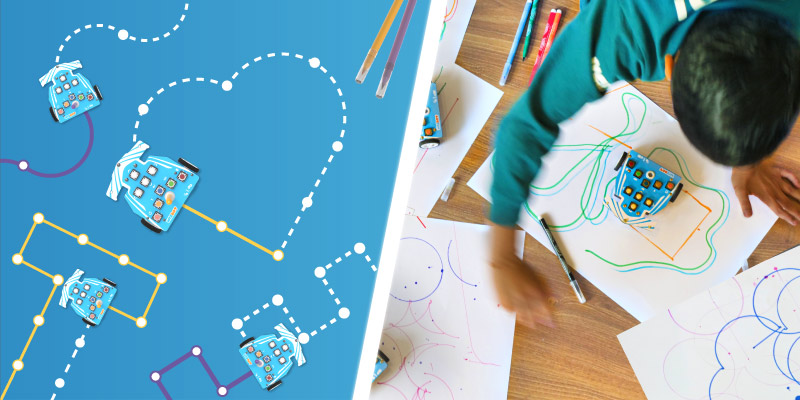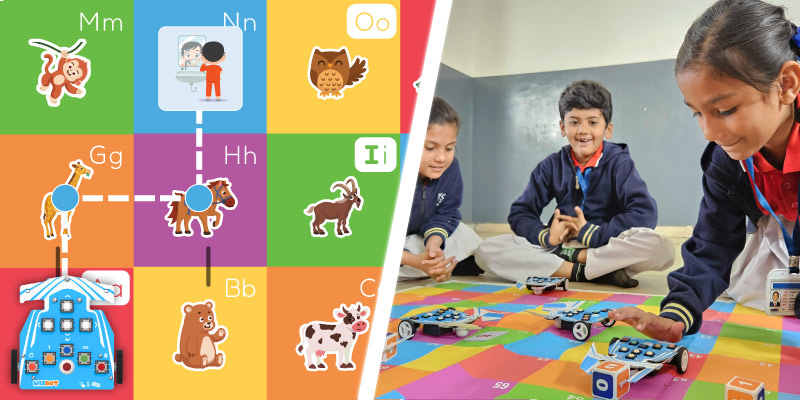Computational thinking has emerged as a vital skill in the era of rapid digital transformation, especially for school students. It’s not just about coding; it also involves problem-solving, critical analysis, and logical reasoning, all crucial in today’s tech-driven world.
Recognizing its importance, educational boards like CBSE and ICSE increasingly integrate computational thinking into their curriculum. This shift certifies students with essential 21st-century skills. As a result, bridging the gap between traditional education and the demands of the modern digital landscape. Continue reading to understand what is computational thinking in education, its importance, and its application in the modern world.
What is Computational Thinking in Education?
Computational or digital thinking is a problem-solving process. It is about learning to solve problems in a way that a computer might, using clear steps and rules. Computational thinking involves four vital conceptual skills, these include:
-
- Decomposition (breaking down problems)
- Pattern recognition (spotting and using similarities)
- Abstraction (simplifying details)
- Algorithmic design (making steps and rules)
This process will help students understand and solve complex problems both efficiently and effectively. Think of it like figuring out the best way to organize your daily tasks or finding the quickest route to school. Some computational thinking examples include:
-
- Breaking a big problem into smaller parts
- Looking for patterns
- Making up rules or steps to solve the problems
Computational thinking activities in class might include fun puzzles or games that teach you how to think step-by-step.
Importance of Computational Thinking for Students
Incorporating a computational thinking curriculum in schools is essential. This ensures that students are not just consumers of technology but creators and problem solvers, as a result ready to face future challenges. Here are seven key reasons why computational thinking is important for students:
-
- Develops Problem-Solving Abilities: Computational thinking strengthens students’ ability to solve complex problems effectively. It teaches them to break down complex problems into smaller, more manageable parts, additionally fostering critical thinking and computing
- Boosts Critical Thinking: This approach enhances students’ analytical skills, which is crucial in 21st-century education skills. It encourages them to look at problems from different angles and devise multiple solutions
- Fosters Global Collaboration: In our interconnected world, computational thinking equips students with collaboration skills across cultural and geographical boundaries, emphasizing technology education for school students
- Sparks Creativity and Innovation: Students are encouraged to think outside the box by integrating digital thinking in classrooms, leading to innovative solutions and also creative applications in various fields
- Builds Confidence and Resilience: Learning the essential 21st-century skills plants confidence in students. It also teaches them perseverance as they learn to tackle complex problems, developing a tireless attitude toward challenges
- Enhances Digital Literacy: In the digital age, digital literacy and computational thinking go hand in hand. These skills are crucial in understanding and effectively using technology, an essential skill for modern students
- Prepares for Future Careers: With STEM education and computational thinking being highly valued, students equipped with these skills are better prepared for future careers in various fields, from technology to science and beyond
How is Computational Thinking Integrated into the Curriculum
Computational thinking is rapidly becoming integral to K-12 education, indicating a transformative impact on society. It’s a way of solving problems, designing systems, and also understanding human behavior that draws on concepts fundamental to computer science. Here are a couple of points that show how computational thinking is/can be integrated into the curriculum:
- Integration Across Subjects: Integrating computational thinking into the curriculum isn’t confined to computer science classes alone. In mathematics, it helps students in both algorithmic thinking and problem-solving. Science classes leverage it for data analysis and logical reasoning. Even subjects like literature and communication benefit, where computational strategies aid in structuring narratives and arguments. To promote STEM learning, STEMpedia, the leading platform for K-12 education, introduces two new programs. Firstly, the Skillful Minds with CBSE ICT, coding, robotics, and AI curriculum. Then comes the Tech Tinkerer program for ICSE AI, robotics, and coding. These programs perfectly align with NEP 2020 and NCF 2023, offering a comprehensive learning experience for classes 1 to 8. The initiatives aim to democratize AI skills, address societal inequities, and promote responsible AI development for global leadership. STEMpedia ensures AI education for students with AI and Robotics lab, focusing on responsible and ethical usage of AI.
- Tools and Strategies for Teachers: Educators are equipped with various tools and resources to teach computational thinking effectively. These include:
1. DIY AI and robotics education kits like Quarky
2. Block-based coding and Python programming platforms like PictoBlox AI
3. Wizbot, an affordable FLN and computational thinking educational tool with screenless button-based functionality
4. Evive, a STEM DIY Prototyping tool to help students get familiar with robotics, electronics, Internet of Things (IoT), and programming
Professional development programs are also available to assist teachers in integrating these skills into their lessons. STEM education with computational thinking forms the backbone of coding for kids, enabling them to understand and create technology.
Real-World Applications
In real-world applications, computational thinking is a versatile and powerful tool that extends its utility to various sectors. Some of these sectors include:
-
- Environmental scientists use it to analyze ecological data for wildlife conservation and to assess environmental impacts
- Urban planners apply these skills in designing sustainable and efficient city layouts
- In healthcare, computational thinking is vital in developing innovative medical technologies and personalized medicine approaches, leveraging data analysis and algorithmic solutions
- The finance sector benefits from its application in market trend analysis, risk assessment, and fraud detection
- Educational institutions are also crafting their curriculum using computational principles to deliver more effective and engaging learning experiences
This wide-ranging applicability of computational thinking demonstrates its critical role in shaping solutions and advancements across multiple disciplines, underscoring its importance in modern education and professional fields.
In a Nutshell
Computational thinking is key for modern students, fostering problem-solving, critical analysis, and innovation. Accordingly, educational boards are integrating it into curriculums, highlighting its significance. STEMpedia advances this shift with programs like Skillful Minds and Tech Tinkerer, aligned with NEP 2020 and NCF 2023, enhancing AI and robotics education.
Additionally, our comprehensive teacher training program prepares educators to inspire dynamic learning. Collaborating with over 100 schools, STEMpedia’s AI and robotics labs shape future-ready students. These initiatives not only equip learners with vital digital literacy and technical skills, but also promise a future of creativity and problem-solving excellence. For students, this means a robust foundation for careers in technology and beyond, promising a future of creativity and problem-solving excellence.


